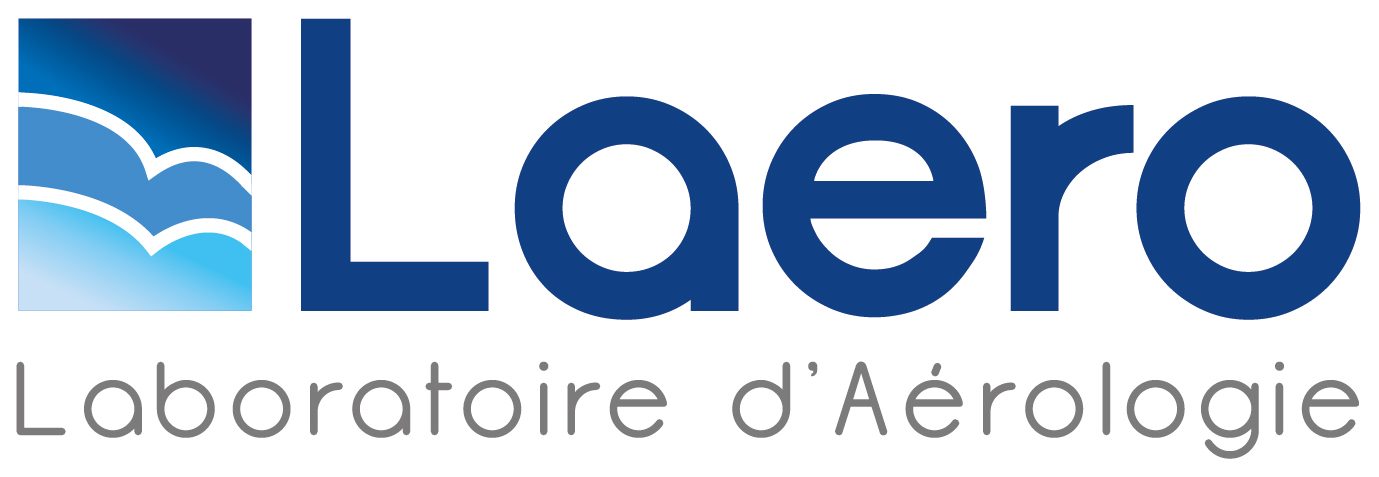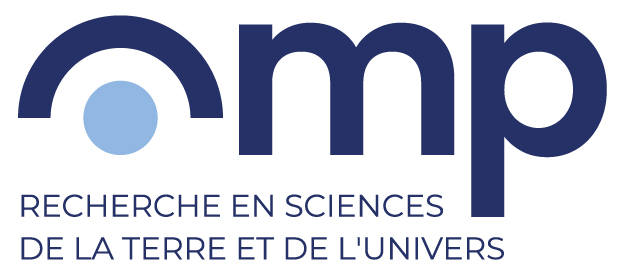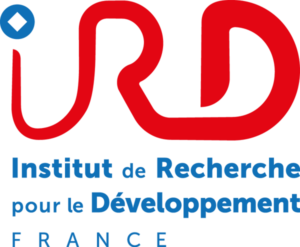SEMINAIRE CHIEN WANG (MOPGA EUROACE)
Climate Impacts of Aerosol-Cloud-Precipitation Interaction
Aerosol remains one of the most uncertain factors in climate projection. Aerosol can affect the radiative balance of the climate system by directly scattering or absorbing sunlight, or by acting as cloud condensation nuclei and ice nuclei and thus modifying the optical properties, extent, and lifetimes of clouds. It has been known for long that such effects contribute to the variation of Earth’s surface temperature. On the other hand, aerosol can influence precipitation by either modifying cloud microphysical processes through aerosol activation, or by modifying local thermodynamical profile, facilitating an on-site impact on clouds encountering with enforcing aerosol population. In addition, recent studies have also suggested that the direct and indirect radiative effects of aerosols can perturb the large-scale circulation and cause significant changes in cloud cover and precipitation in places often distant from aerosol laden regions, i.e., facilitating a remote impact. Understanding and quantifying the impact of aerosol on cloud-precipitation is a more challenging task than doing so on temperature because the former impact involves many sophisticated feedbacks that are still difficult to measure or model. I will use research findings including ones from my group to discuss the current understanding of aerosol-cloud precipitation interaction and its impacts on climate. I will also discuss some of the major challenges in the field, from process understanding to parameterizations, alongside several recent attempts in answering these challenges.






